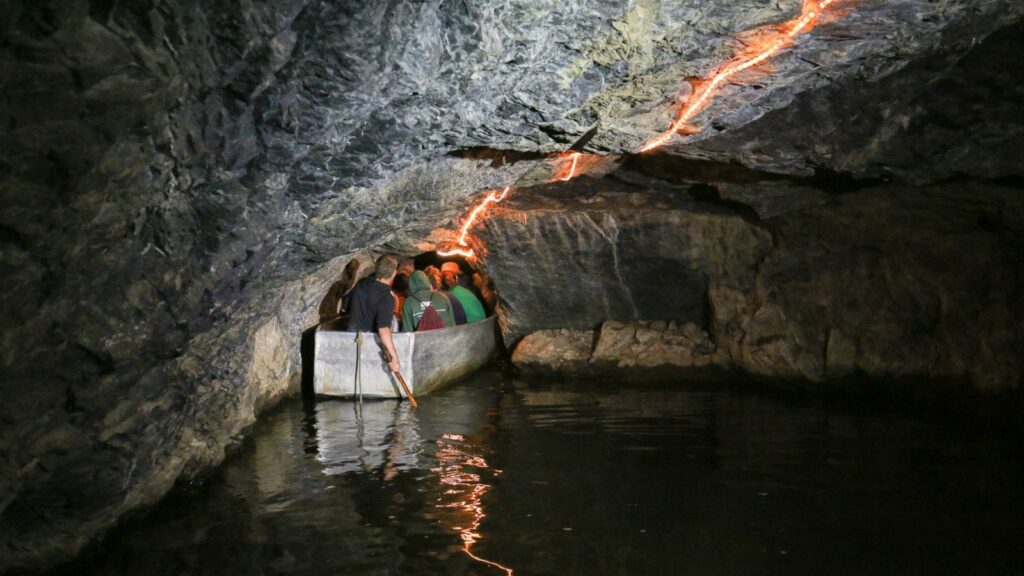When we think about Belgium, there are many things that come to mind before we think about the ground we stand on or – more exactly – spare a thought for what might be beneath our feet. Yet Belgium boasts some incredible cave systems. Ever wondered what's down there? Here's where to look for the country's coolest caves and caverns.
1. Grotte de Lorette-Rochefort
Also known as "Cave of Han's Little Sister", this is 60 metres underground and forms part of the Caves of Han estate. It is unique for its vertical structure and visitors can descend between large rocks down to the Sabbat Room at the bottom. From there, the "Cataclysm room" has been newly opened to the public. The cave allows pets and is open for tours until 11 November 2023.
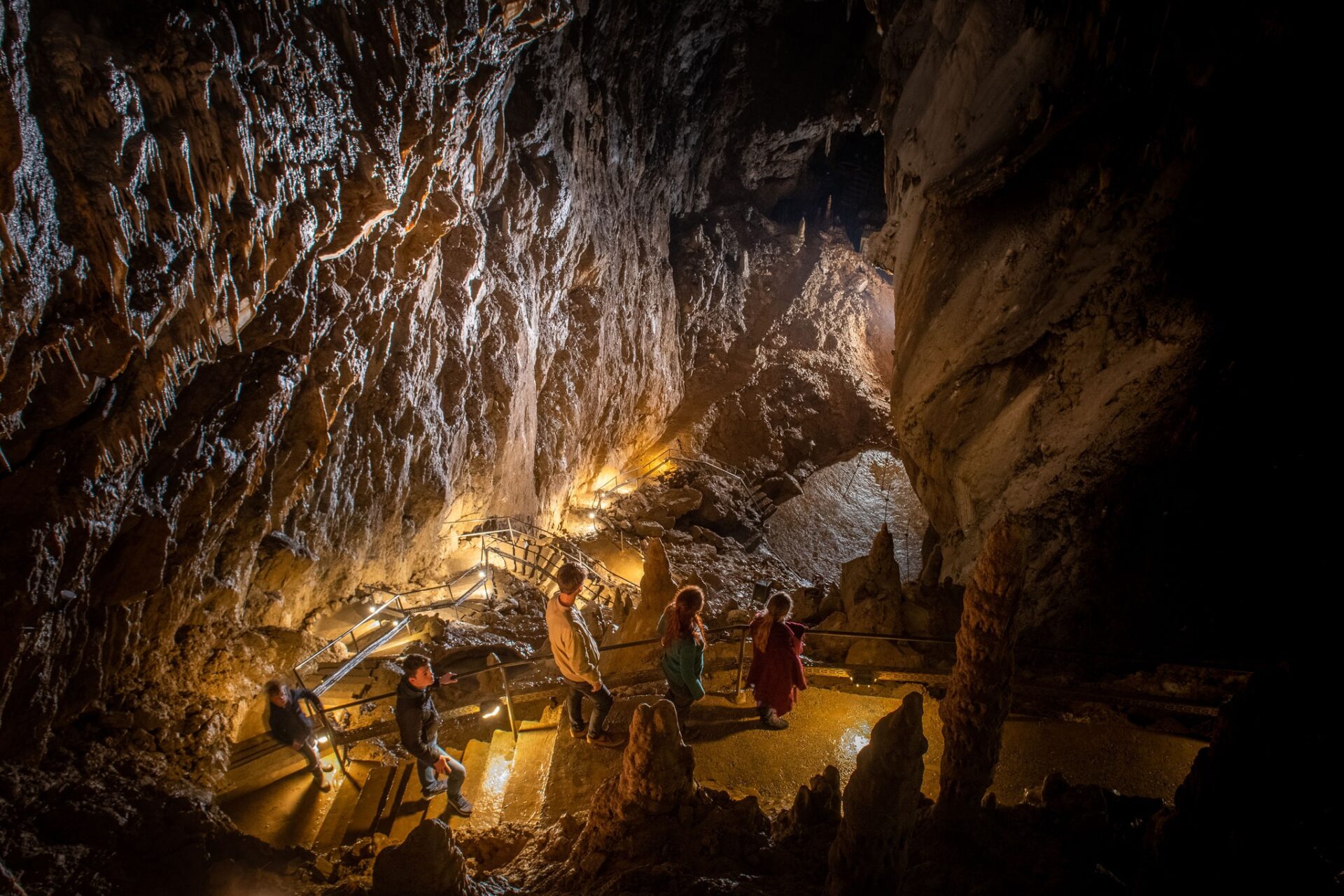
Credit: Facebook / Grotte de Lorette - Rochefort
2. Les Grottes de Neptune
The Neptune Caves of Couvin is a sinkhole that was discovered in 1888 by speleologist Edouard Alfred Martel. In 1930 it was opened officially to public. Tours last just under an hour and explore the cave's two tunnels, one of which is 422 metres long and the other 1,080 metres. A hidden lake inside remains unexplored. The tour also offers a raft excursion along the underground river.
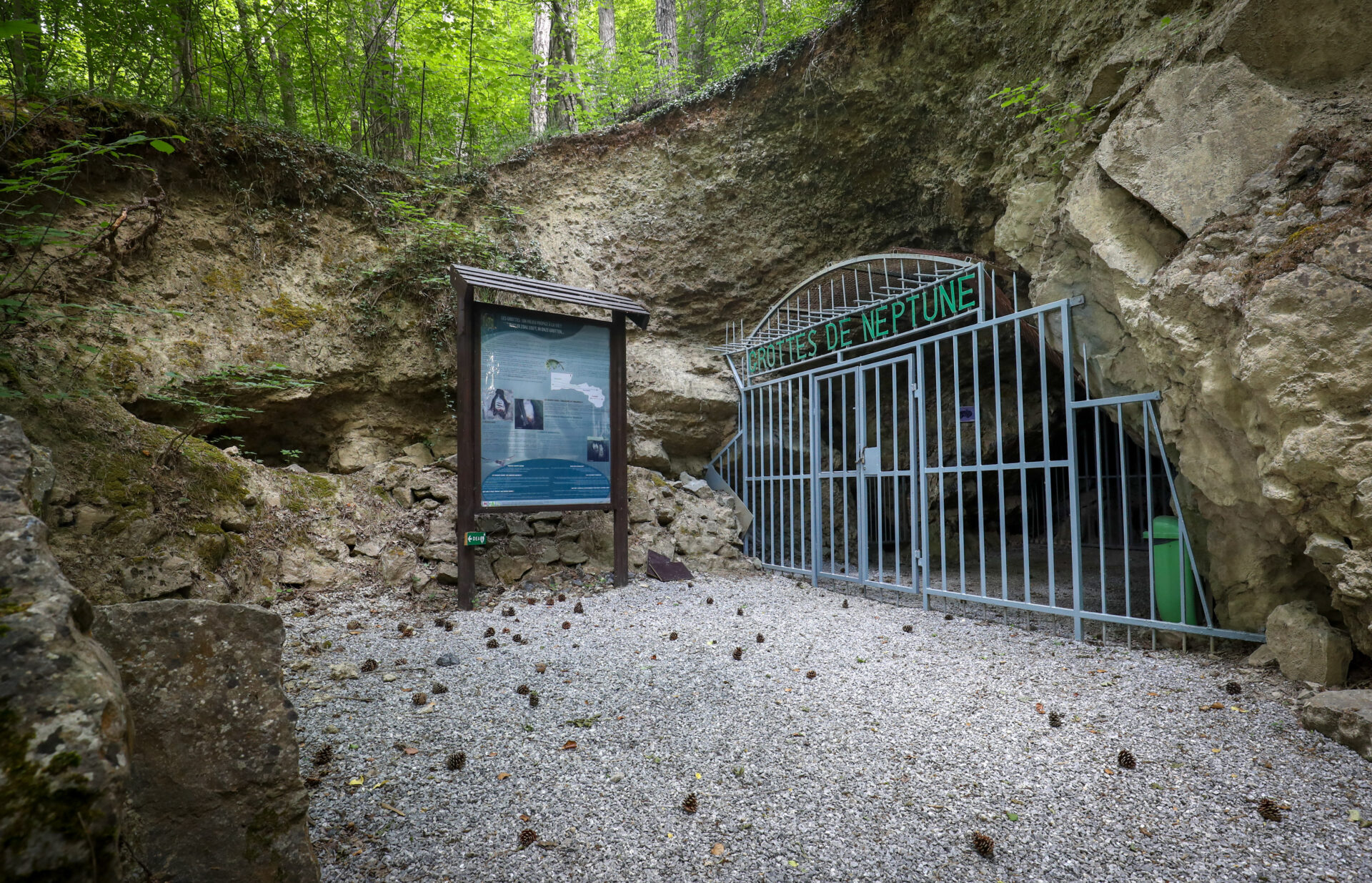
'Les grottes de Neptune' (The Neptune Caves) in Couvin, Wednesday 20 May 2020. Credit: Belga / Virginie Lefour
3. Grottes de Folxe-les-Caves
The labyrinth is referred to as 'Puits aux Grottes' by the locals of Orpe-Jauche and was originally carved out by humans at a depth of 18 metres. The entrance can be accessed by descending the staircase from the Rue Auguste Baccus. From there, the owner of the Historic Monument must open the gate. Visiting with the guide is essential as it is easy to get disorientated in the complex network. The walls have unique markings and drawings throughout.
The first historical record of the caves was in a document from 1606; it has served a number of purposes since then including a hideout for legendary wizard Pierre Colon in the 1750s. Monks later took refuge during the Reign of Terror. And underground dances were held once electric lighting was installed in the 1950s. It was put up for sale in 2016 and the caves have now been closed by its current owner.
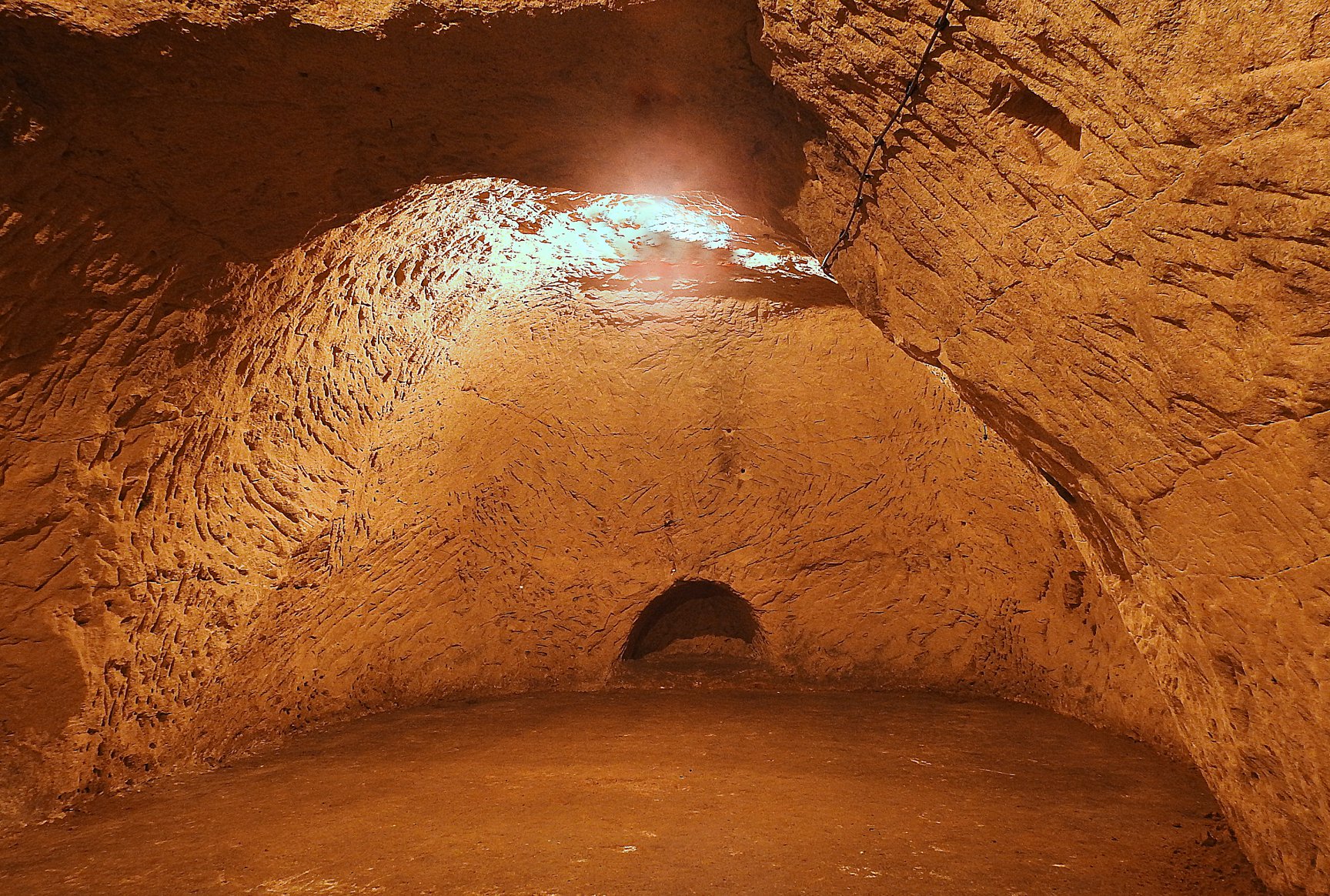
Credit: Facebook / Natuurgids oud-heverlee
4. Grotte Saint-Anne
Grotte Saint-Anne has four levels and is relatively easy to explore. Discovered in 1837, the main passageway is 1542 metres long and 35 metres deep. The two lower levels have streams passing through them and numerous fossils can be found in the upper two levels among some impressive helictites.
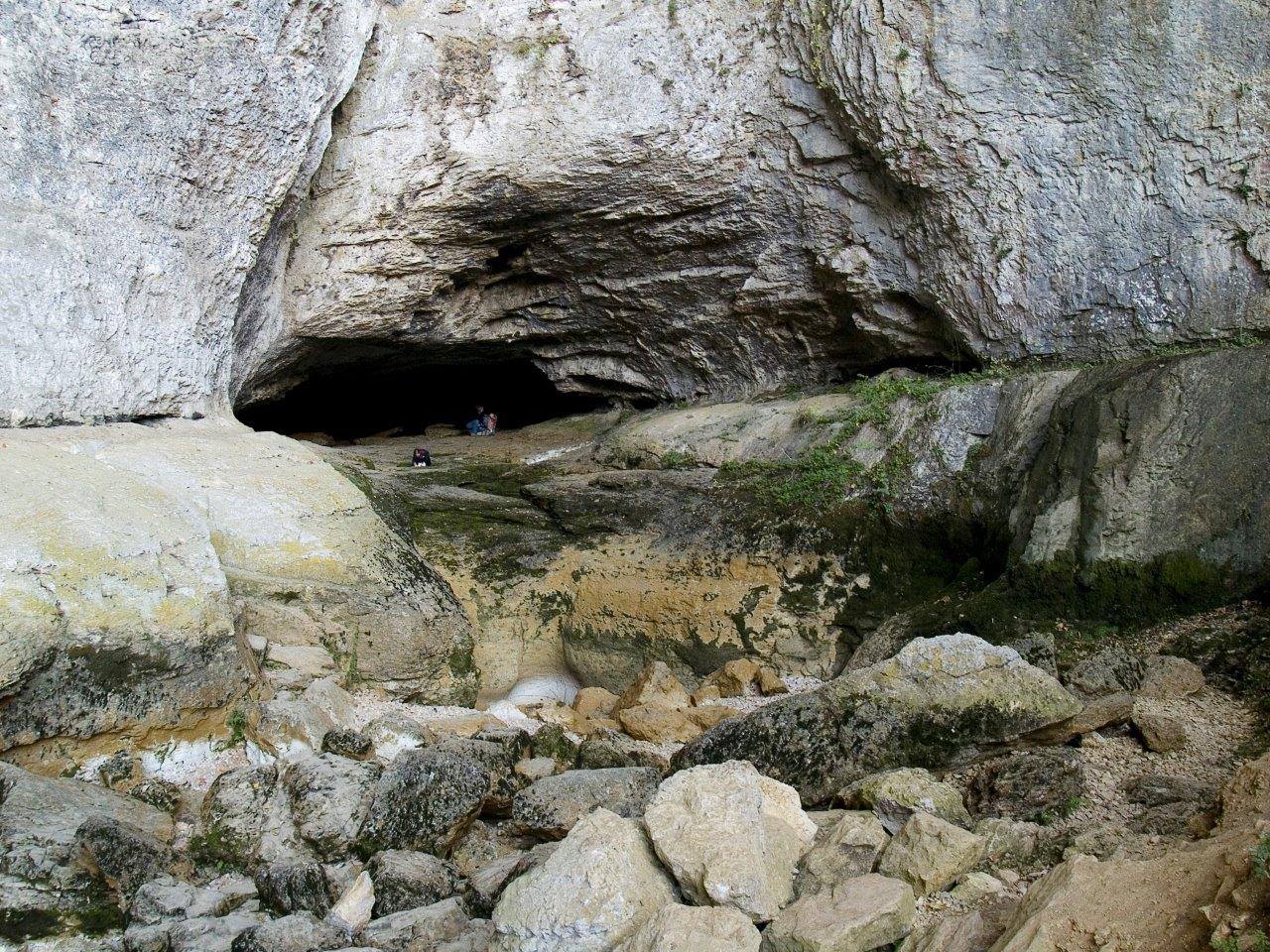
Credit: Facebook / Martine Schnoering
5. Floreffe Caves
While digging the foundations for his castle, architect Emile Henkinbrant discovered the Floreffe Caves in 1860. The system is 800 metres deep and is filled with colourful minerals. It is thought to be the largest semi-dolomite caves in Belgium, according to Sambre-Orneau. The Trou du Diable (Devil’s Hole) brings you 30 metres below the surface and into the cave. Visits must be booked in advance.
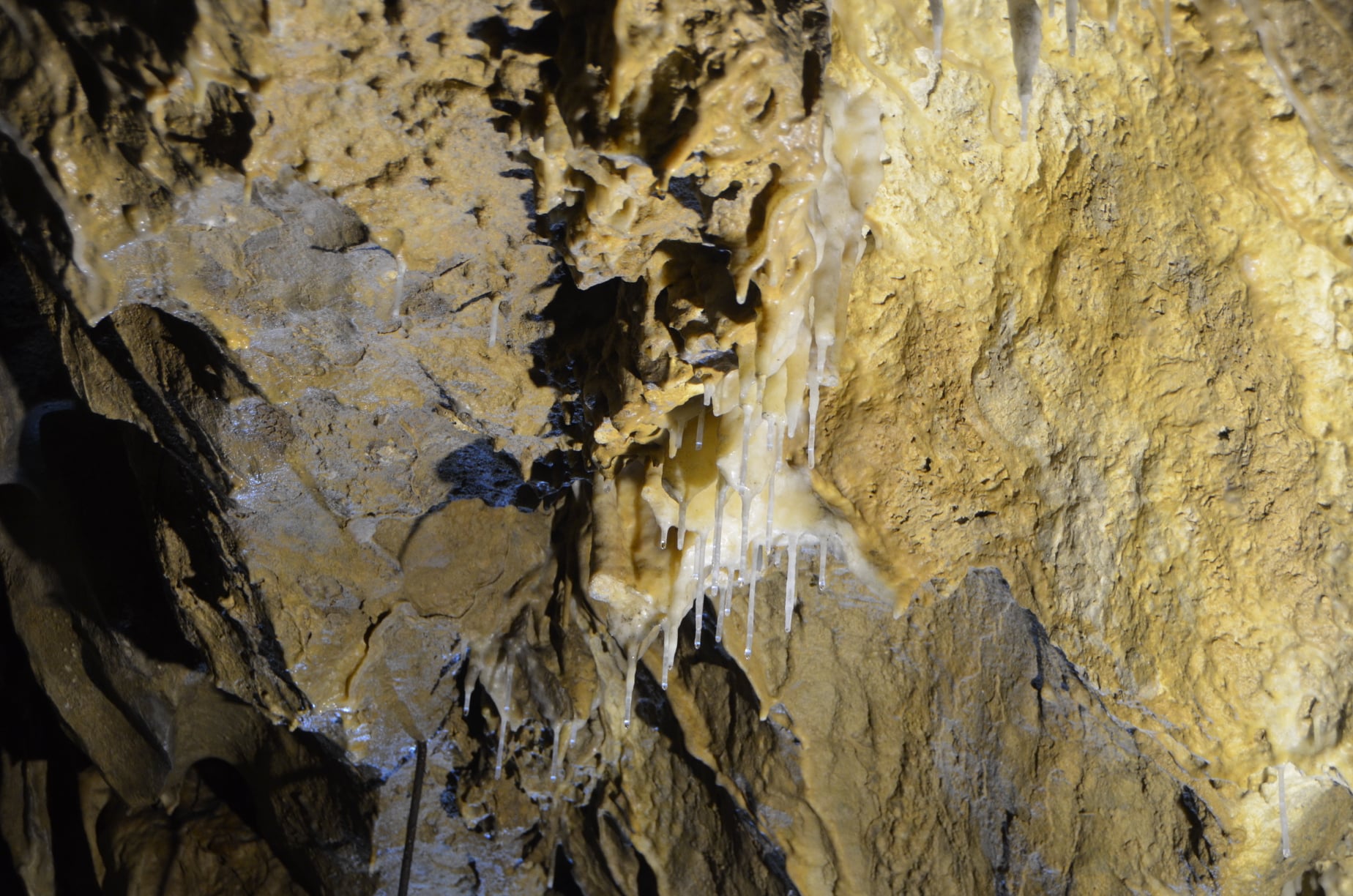
Credit: Facebook / Annie Van Autgaerden
6. Grottes de Remouchamps
Open to visitors since 1828, tours of the caves continue and the site is famed for its galleries and cathedral. The passageways extend for over a kilometre, of which 800 metres can be followed on foot before taking a boat for the final 700m through the galleries. Tours of the mineral-filled caves can be booked any day of the week for groups, including schools.
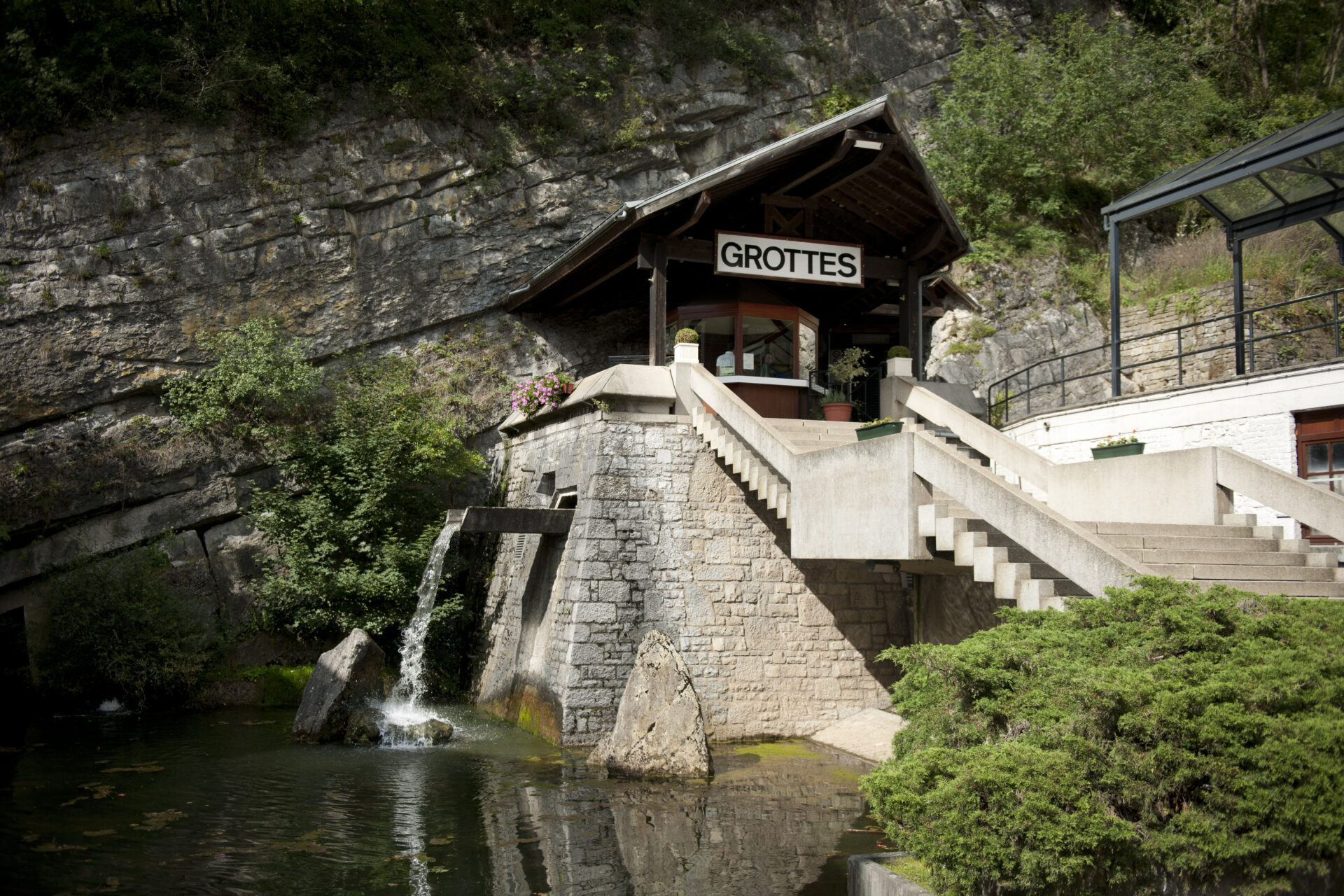
The entrance of the Remouchamps Caves in Liege province. Credit: Belga
7. Grotten van Kanne
When in the picturesque village of Kanne, on the Flemish border with the Netherlands, the caves are a must-see. Spreading over 16 kilometres, a vast network of corridors through the limestone was mined by hand in 1700. Mining activities finished in 1970 and today the cave is home to Belgium's last underground mushroom farm. The caves even feature an underground restaurant that sells "cave beer". Other features are murals and sculptures that remain in incredible condition and were made by the quarry workers.
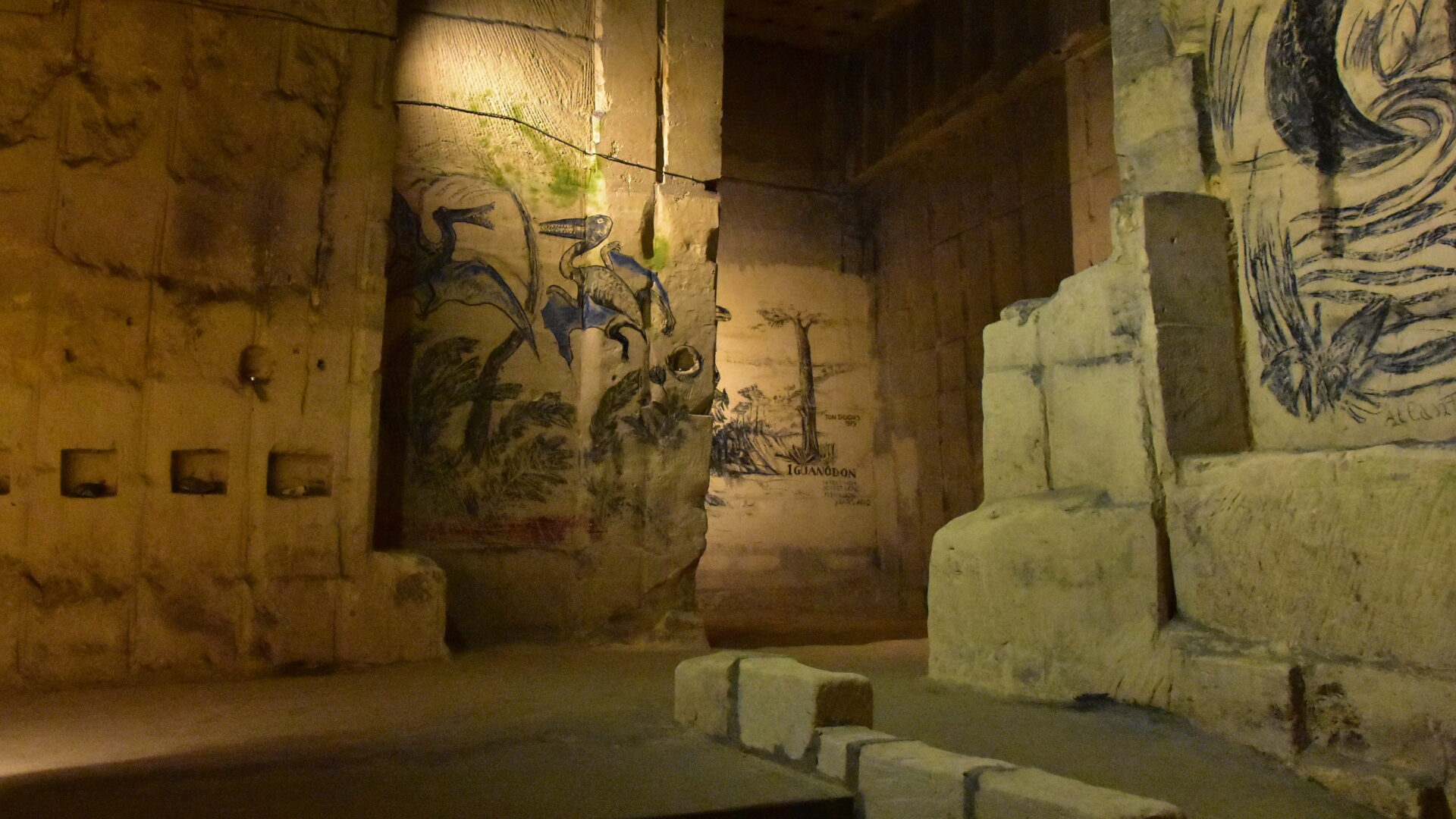
Credit: Wikimedia Commons
8. Grotte l'Homme de Spy
Located in the Namur Province, these caves are one of Europe's most important Paleolithic sites and have been excavated several times. In 1886, bones were discovered, believed to be of Neanderthals. After analysis, it was discovered in 2008 that the bones belonged to two adults and a child who lived 36,000 years ago. The caves can be accessed free of charge.
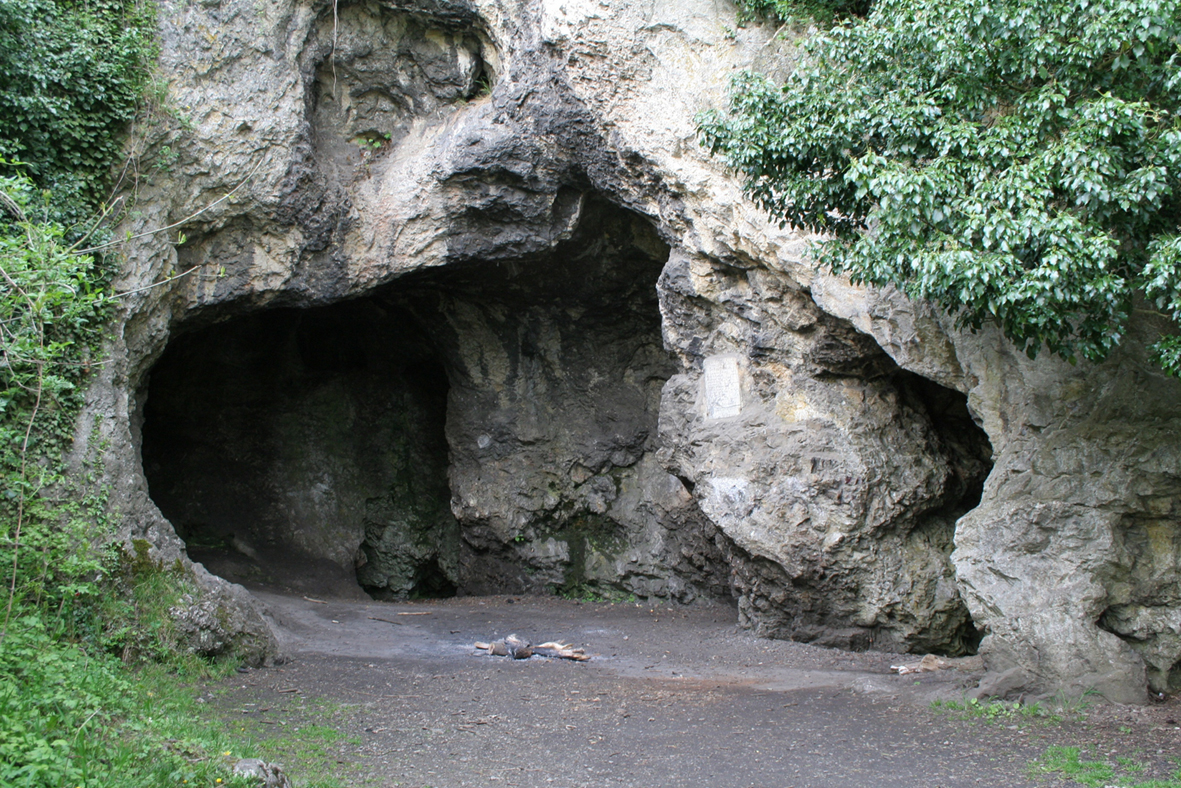
Credit: Wikimedia Commons
9. La Grotte de Comblain
The cave was discovered in 1900 when a man's dog fell down a sinkhole. Rescuers managed to retrieve the distressed dog and in the process found the great pit. A full investigation was subsequently carried out in 1902, when Ernest Van den Broeck and Edouard Martel discovered two chambers.
The caves are now under the protection of non-profit organisation Les découvertes de Comblain, which ensures its eco-responsible management. Research groups and speleologists explore the more dangerous caverns that are inaccessible to the public. To protect the bat population, only a limited number of visitors are permitted each year and bat hibernation areas are closed to the public.
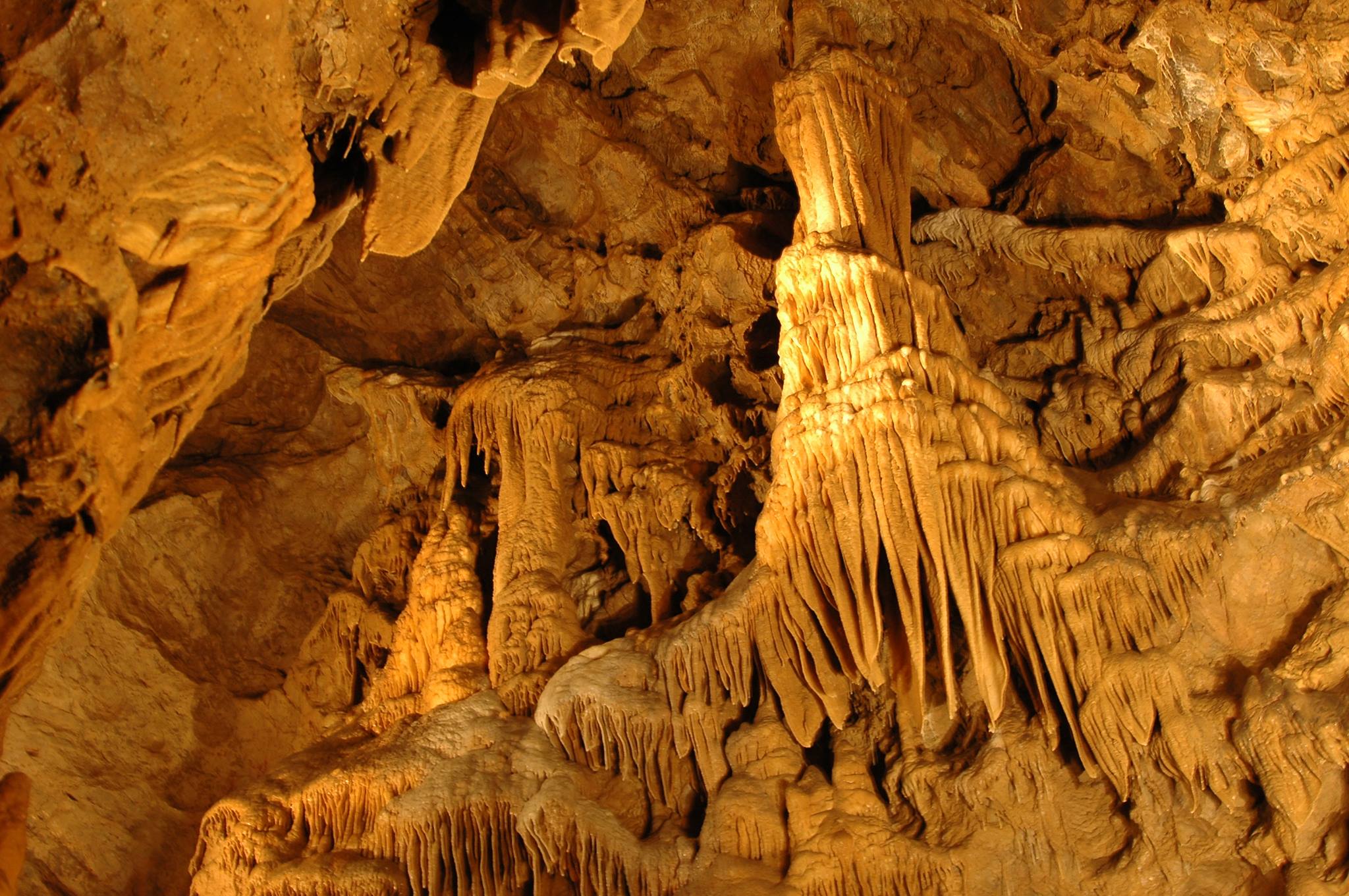
Credit: Facebook / Grotte de Comblain
10. Grottes de Hotten
The Hotten caves have been recognised as an outstanding natural heritage site in Wallonia. Within the site is a 35-metre chasm and a maze of galleries. The first cave room was discovered in 1958 and is one of UNESCO's Global Geoparks. It is home to several galleries full of extraordinary multi-coloured stalactites and stalagmites.
The caves descend 70 metres and are 600 metres long. The tours are offered in French, Dutch and English and last about an hour.
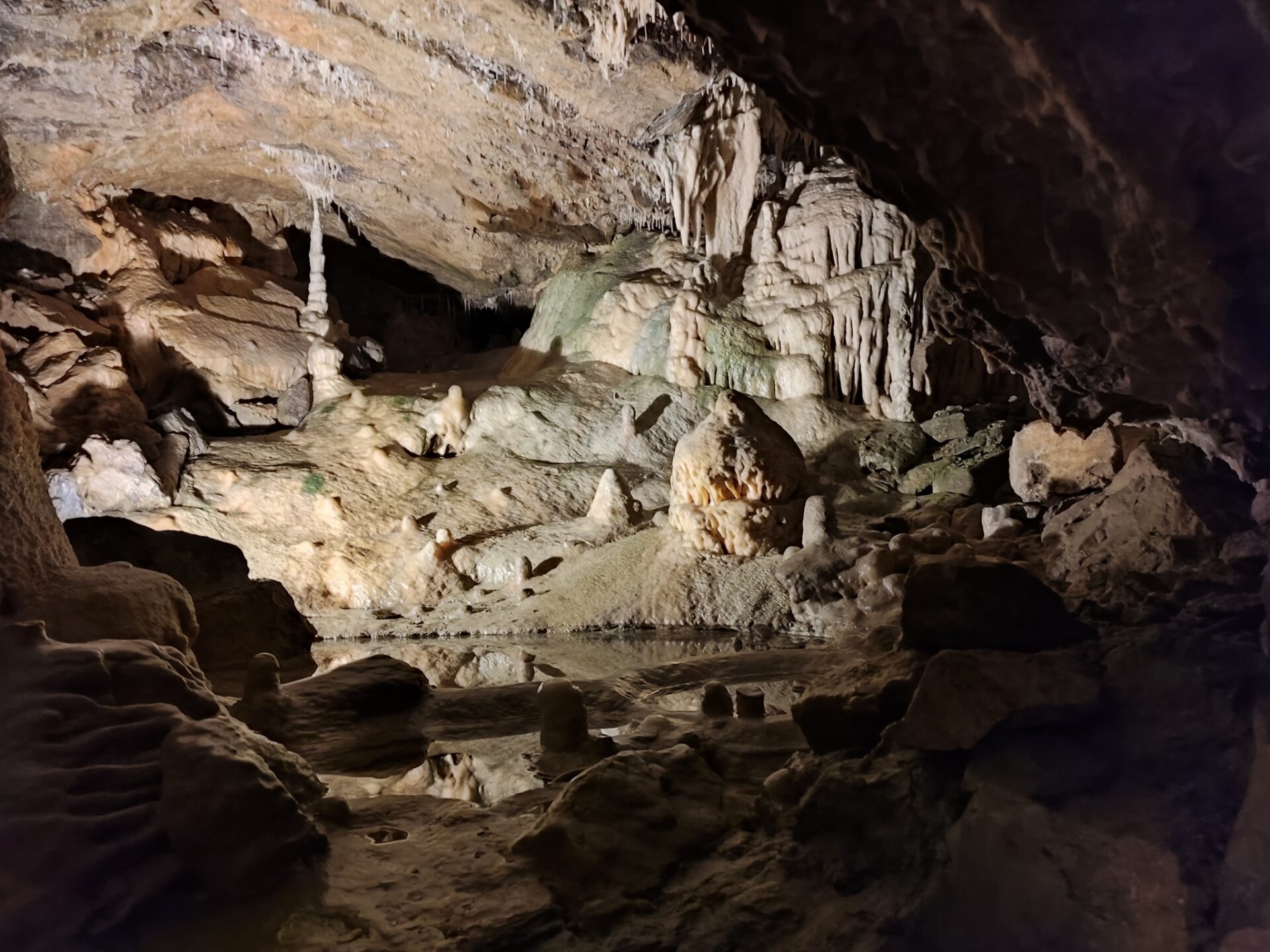
Credit: Facebook / Grotte de Hotton

